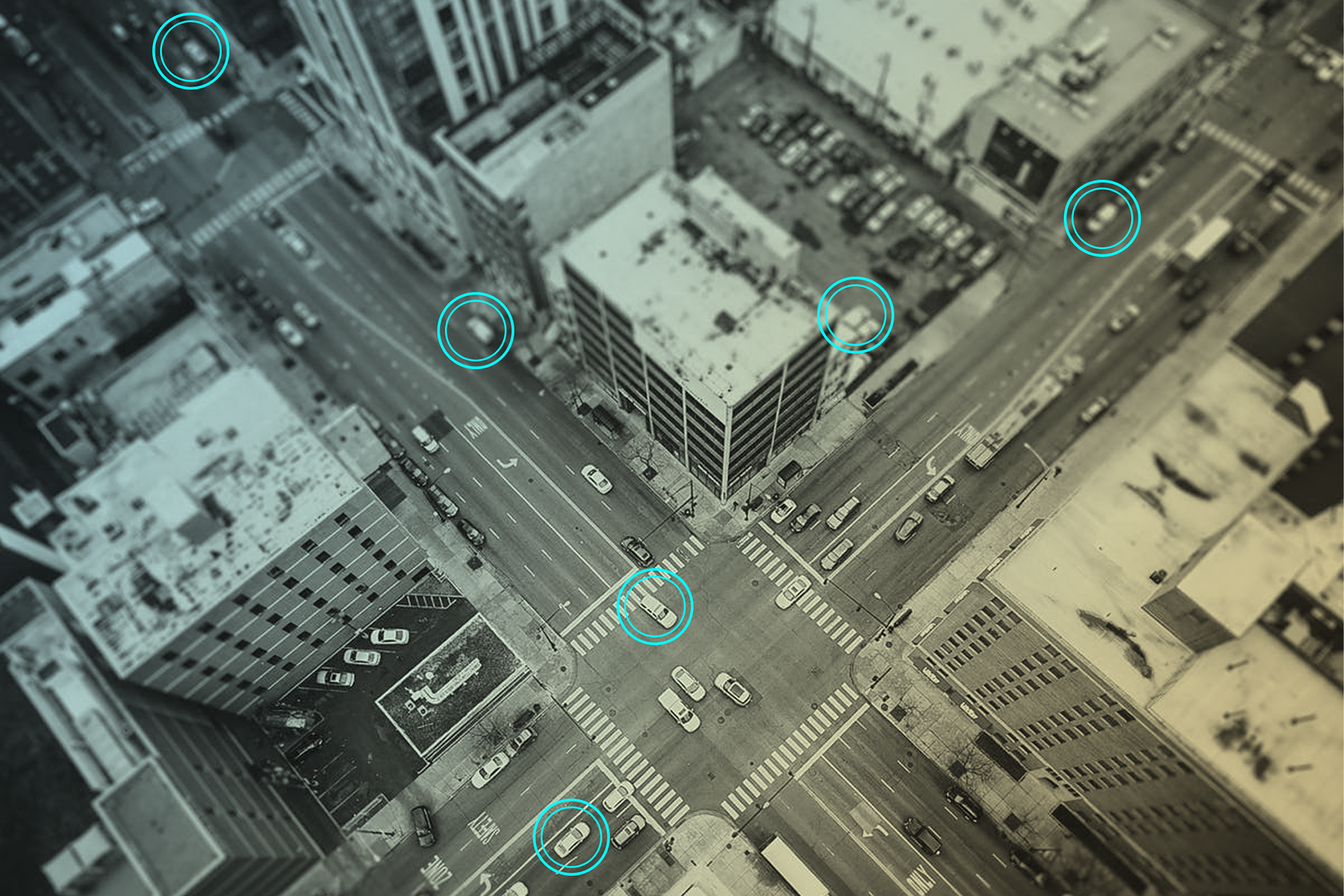
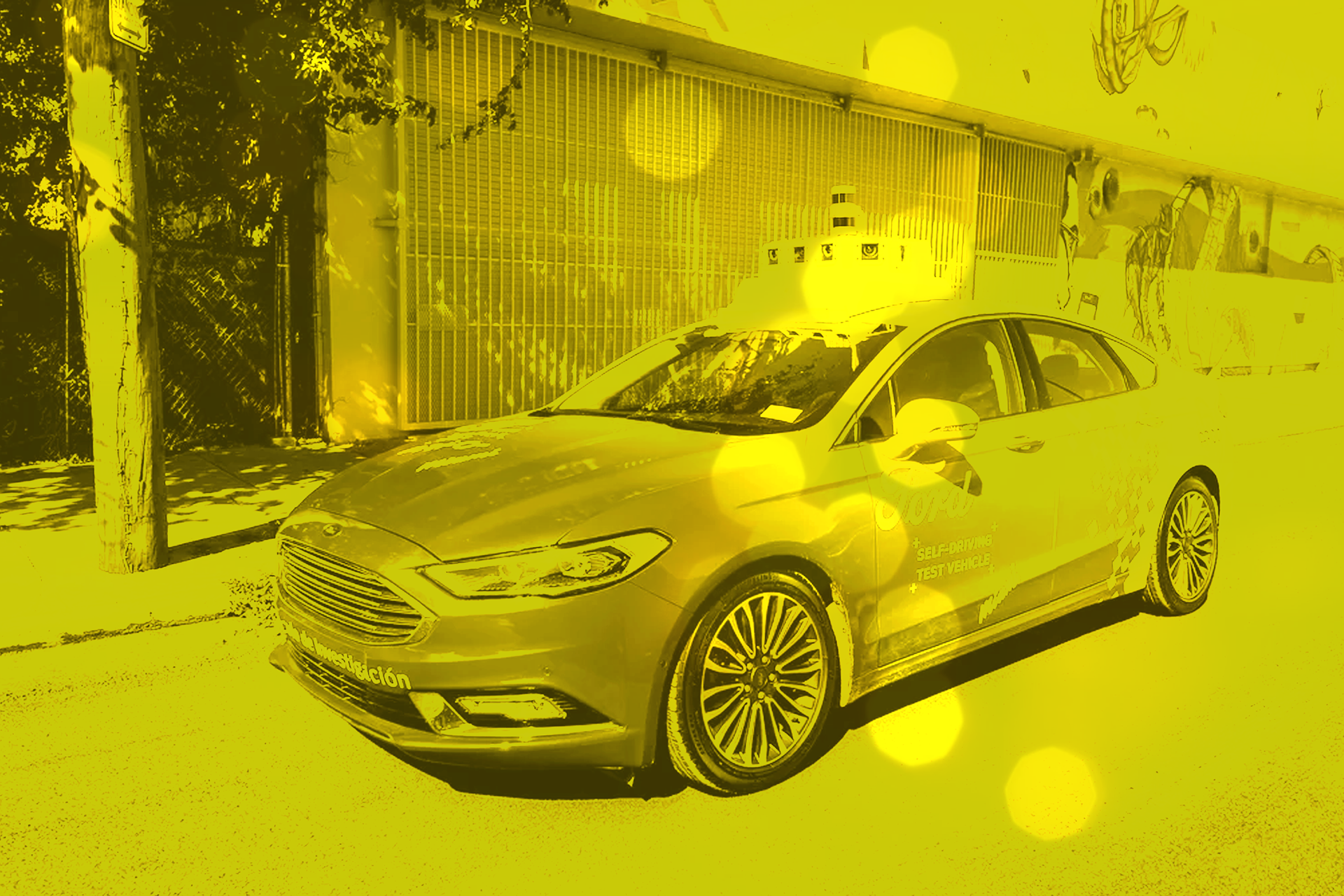
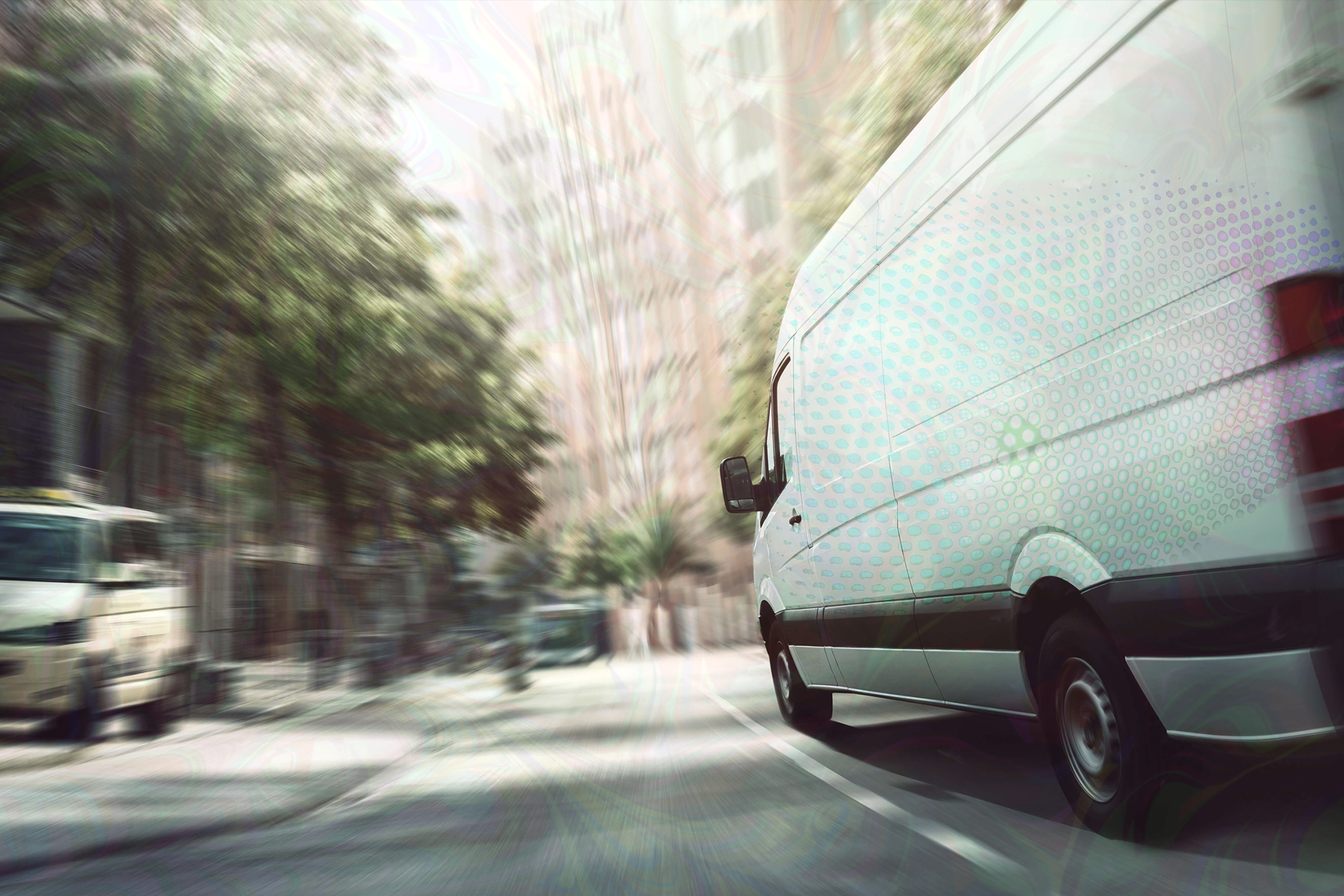
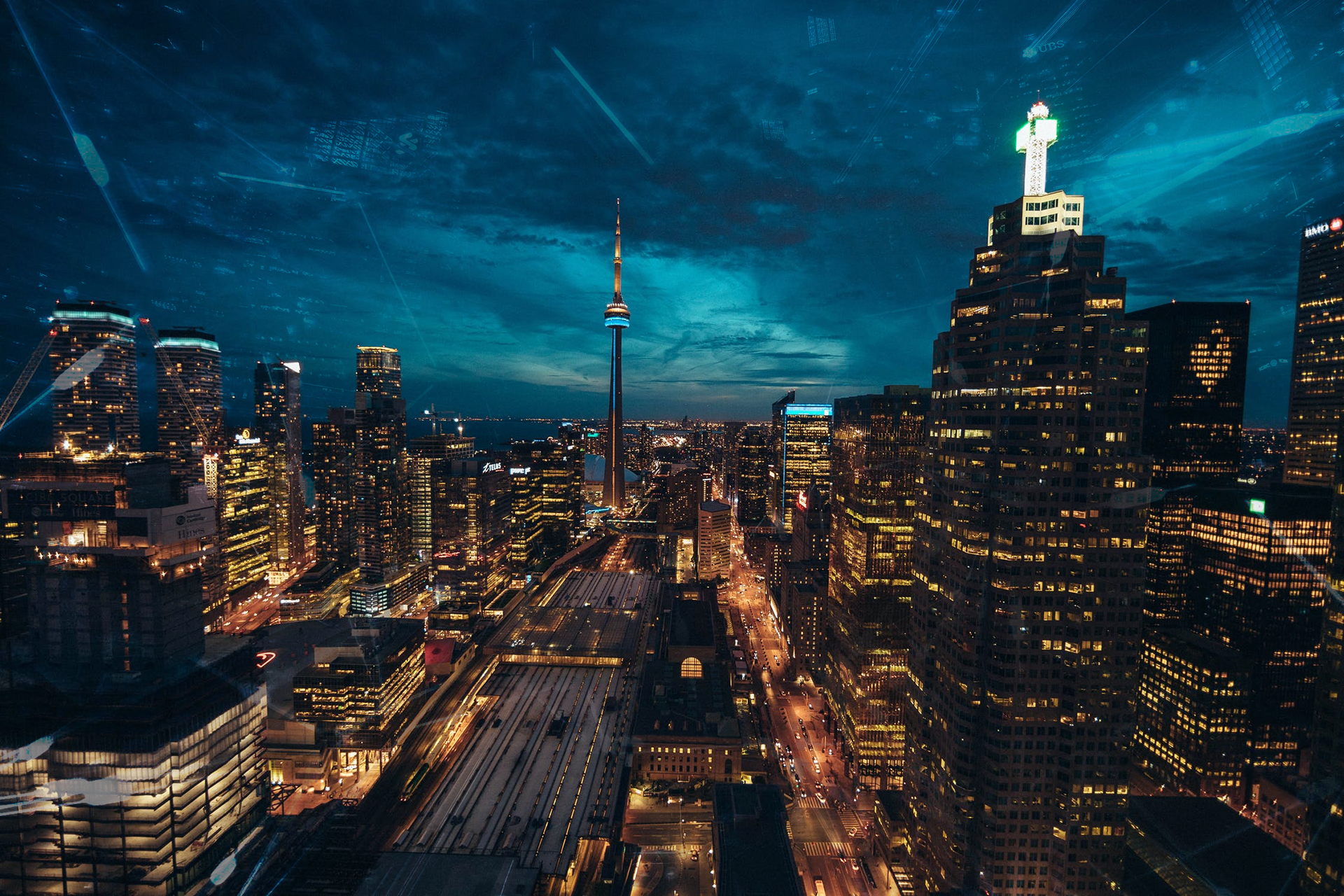
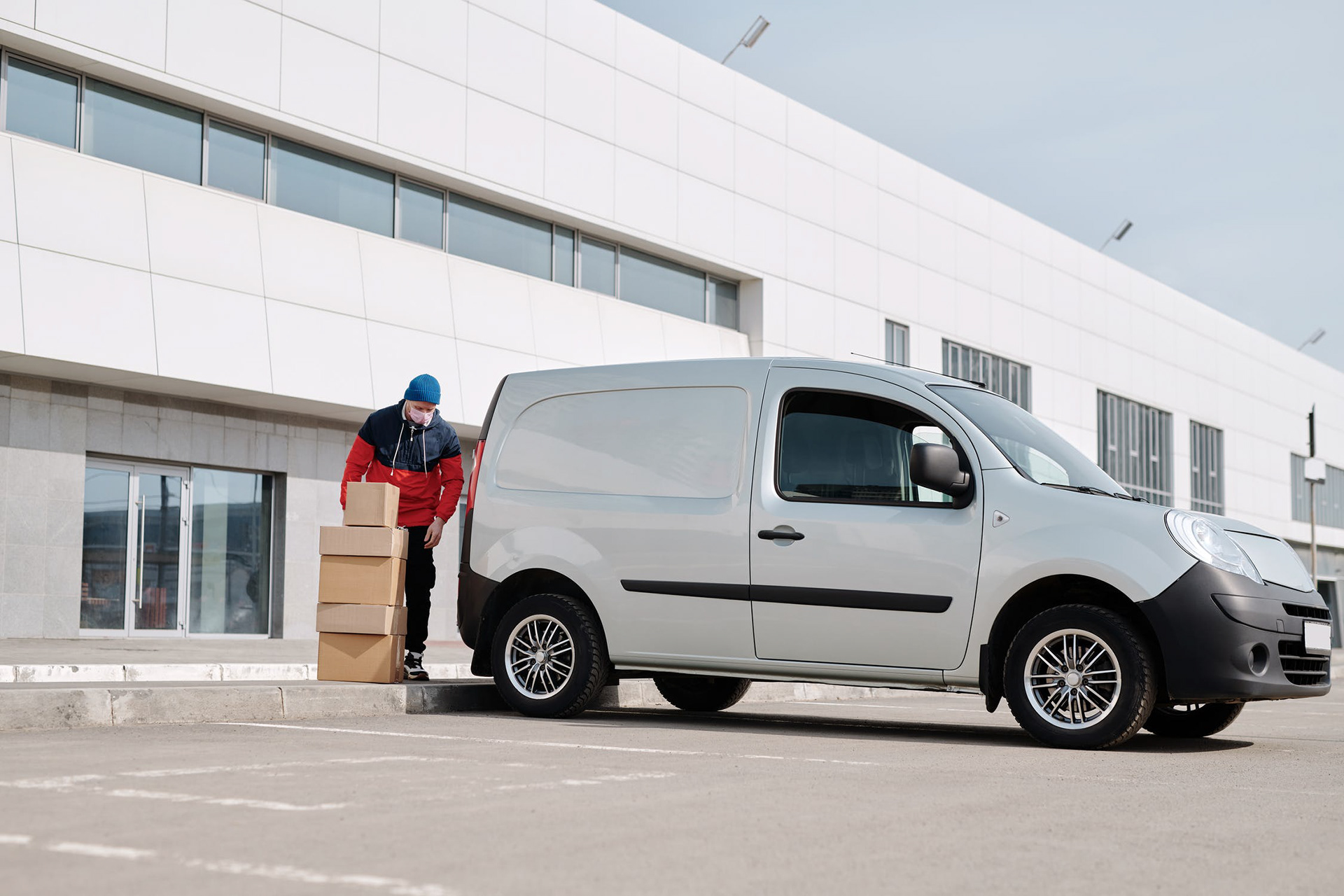

Overview
The team was tasked with the challenge of looking into the future to anticipate the needs of an automated delivery fleet. Our intention? To inspire, inform, and provoke our client’s design teams with a variety of potential future scenarios and minimal lovable solutions (MLS).
When we first set out on this journey, our team realized quickly that we would have to work with others to co-create a firm vision of the future and what it will look like. The following approach gave us confidence in the work we delivered to our client:
[triangulation] Gather data, identify patterns, uncover deep insights, spotting opportunities, and (re)framing problems using a wide range of human-centered research sources and methods.
[co-creation] Validate research findings, generate ideas, and co-create project deliverables in a highly collaborative fashion with Ford and real-life users.
[build to learn] Build ‘things’ to generate ideas, test hypotheses, and validate potential solutions (all in the spirit of continuous feedback, learning & adaptation).
Our Goal
Co-create frameworks and concepts to:
Remove friction points and elevate moments that matter for shippers, drivers, and recipients, boost team collaboration and performance across boundaries (‘it takes a village’), understand the role of the driver, improve working conditions, build engagement, and elevate customer service, and built service resilience and streamline service recovery efforts,
We aimed to ensure concepts are desirable and feasible by testing and elevating them in design sprints and follow-up interviews with real-life users.
We stood on the shoulders of giants by building upon Ford’s ongoing research and piloting efforts.
Outcomes
My Role
Service designer & Futurist
Team
Robert Bau, Aura Escobar, Bre Jacobs, Joe Owens
Methods
12 SME interviews + 1 framing session, 3 co-creation sessions with Ford, 3 generative research sprints, and check-ins and follow-up discussions.
Deliverables
design strategies & principles, mental models, vision statements, co-created concepts for future service models, scenarios & mid-fi screen mock-ups, five minimum lovable solutions (MLS), and a service recovery handbook.
Tools
Figma
Miro
Google Suite
Zoom
Miro
Google Suite
Zoom
<approach>
When we first set out on this journey, our team realized quickly that we would have to work with others to co-create a firm vision of the future and what it will look like. The following approach gave us confidence in the work we delivered to our client:
[triangulation] Gather data, identify patterns, uncover deep insights, spotting opportunities, and (re)framing problems using a wide range of human-centered research sources and methods.
[co-creation] Validate research findings, generate ideas, and co-create project deliverables in a highly collaborative fashion with Ford and real-life users.
[build to learn] Build ‘things’ to generate ideas, test hypotheses, and validate potential solutions (all in the spirit of continuous feedback, learning & adaptation).
<key insights>
[inconsistency breeds distrust] Service standards and employee behavior make it difficult for shippers to know what to expect from drivers. This often makes them feel responsible for ensuring the driver will deliver on brand promises.
[efficiency paradox] Too much emphasis is placed on being the fastest or most efficient delivery service. This can lead to service disruptions such a damaged goods or other mistakes during delivery.
[modern-day atlas] Like Atlas bearing the weight of the world on his shoulders, the driver bears the weight of the entire delivery experience. Merchants, customers, and shippers expect drivers to be a constant point-of-contact and brand representative.
['underground' network] Drivers wish they could rely on a stronger support network to share and learn valuable information. However, many feel that their employers create a competitive cut-throat environment instead, which forces individuals to make self-organized groups to get the support they need.
[convenience is king, but...] Customers want convenience. They want to dictate the where, when, and how those deliveries are made. Interestingly enough though, if the customer urgently needs their package then they are willing to take on a lot more responsibility to have it in their hands.
[no news is bad news] When delivery issues happen, the customer's experience is often derived more from the inability to plan an alternative course of action. So when a representative reaches out to resolve the issue, customers are much more likely to have a positive experience.
<outcome>
Our team encouraged our client to continue co-creations to fully flesh out the delivery service experience. They should also continue co-creations to develop the foundation for a new delivery organization.